This article is brought to you by Datawrapper, a data visualization tool for creating charts, maps, and tables. Learn more.
Data Vis Dispatch,
November 23
The best of last week’s big and small data visualizations
Welcome back to the 23rd edition of Data Vis Dispatch! Every week, we’ll be publishing a collection of the best small and large data visualizations we find, especially from news organizations — to celebrate data journalism, data visualization, simple charts, elaborate maps, and their creators.
Recurring topics this week include COVID in Europe, maternal mortality in the U.S., and maps of water.
Let’s kick things off with charts on political and economic issues. Of course that includes elections:
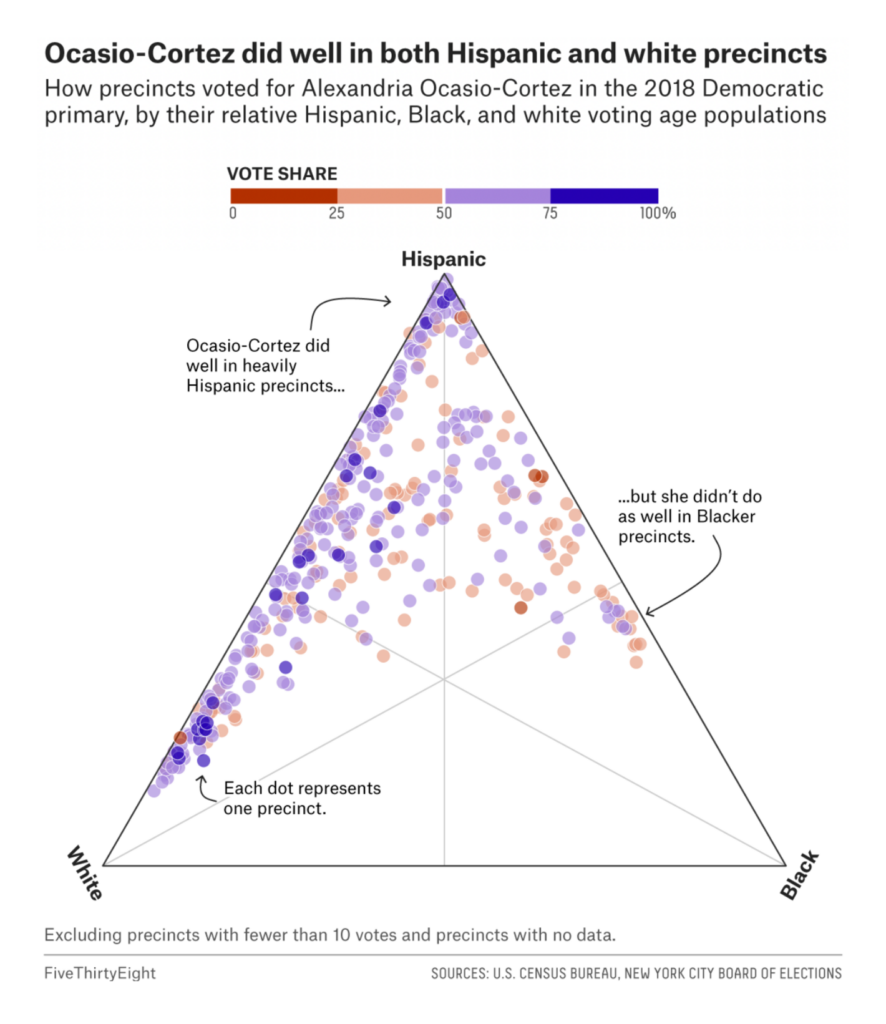
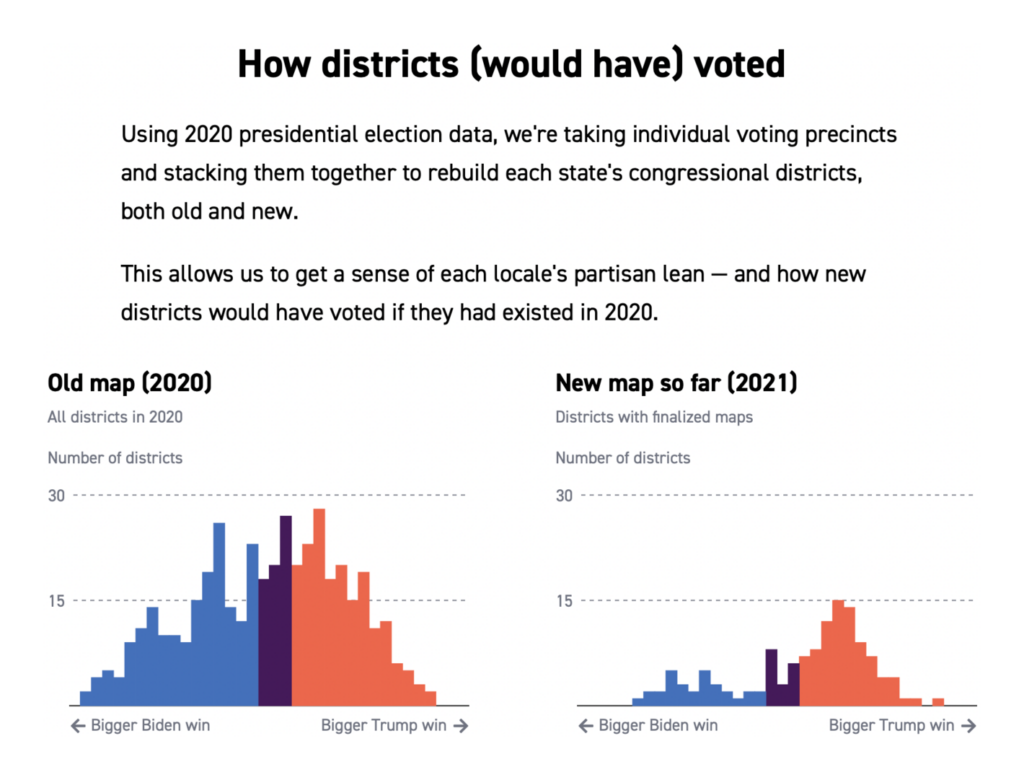
But the biggest single story in political charts was legislative — the contents and would-be effects of the U.S. “Build Back Better” bill:
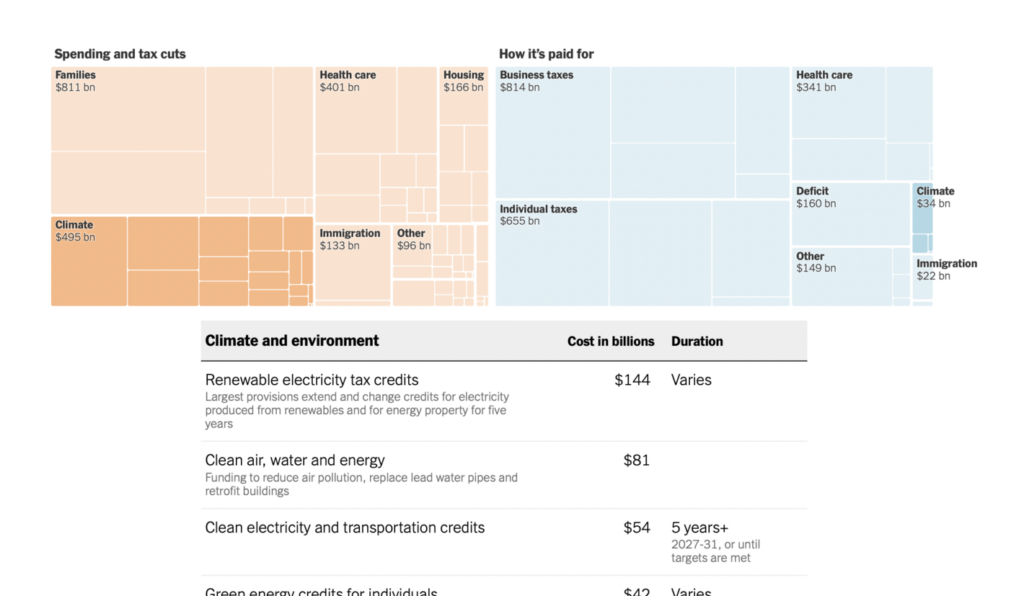
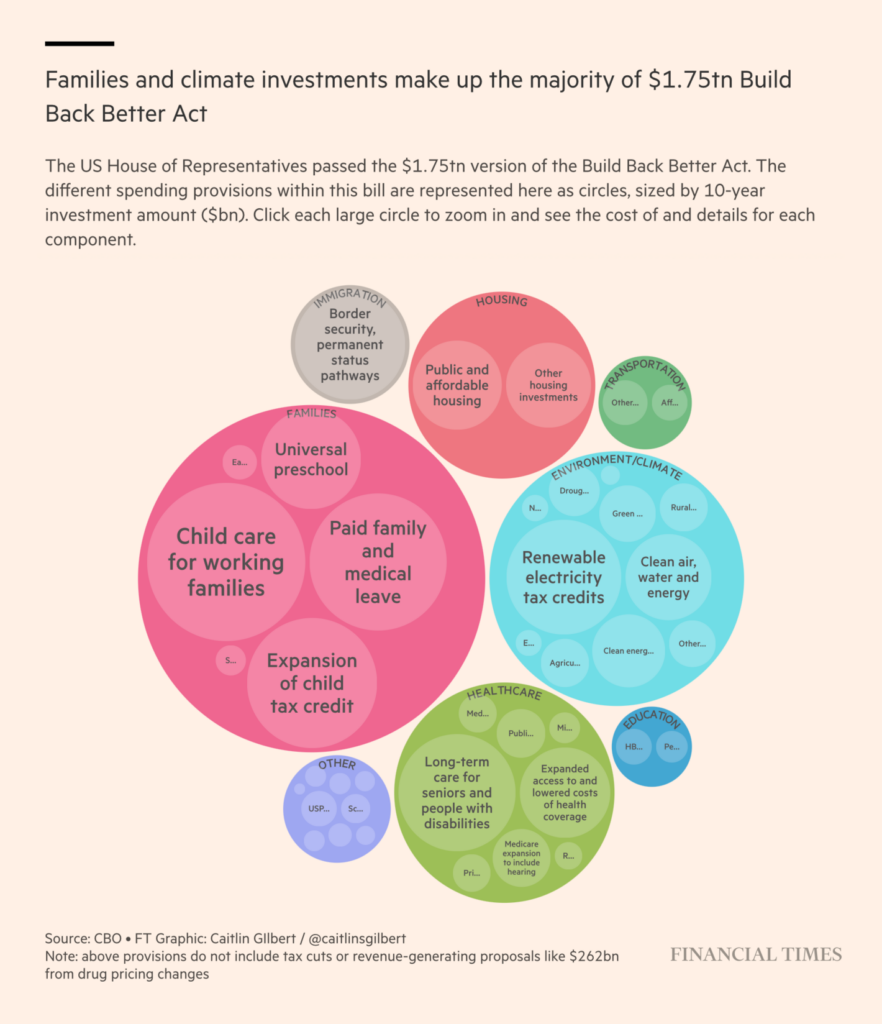
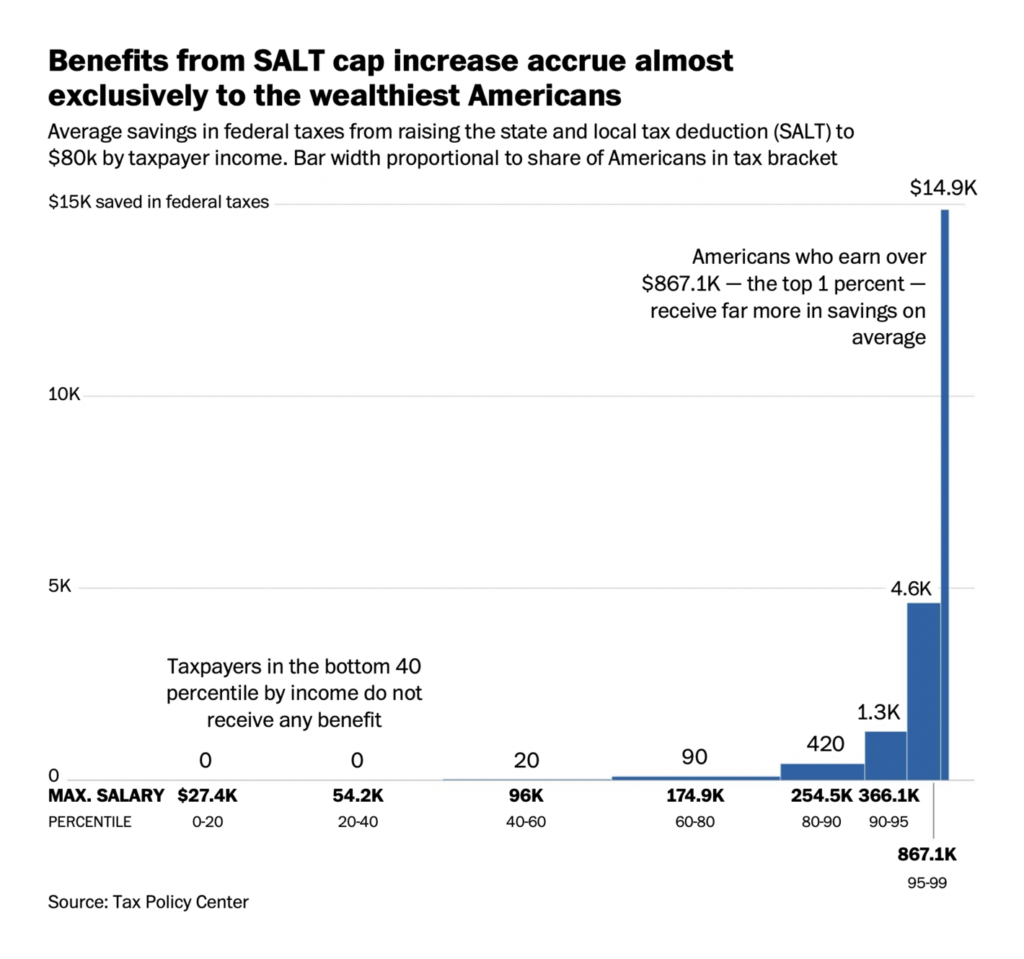
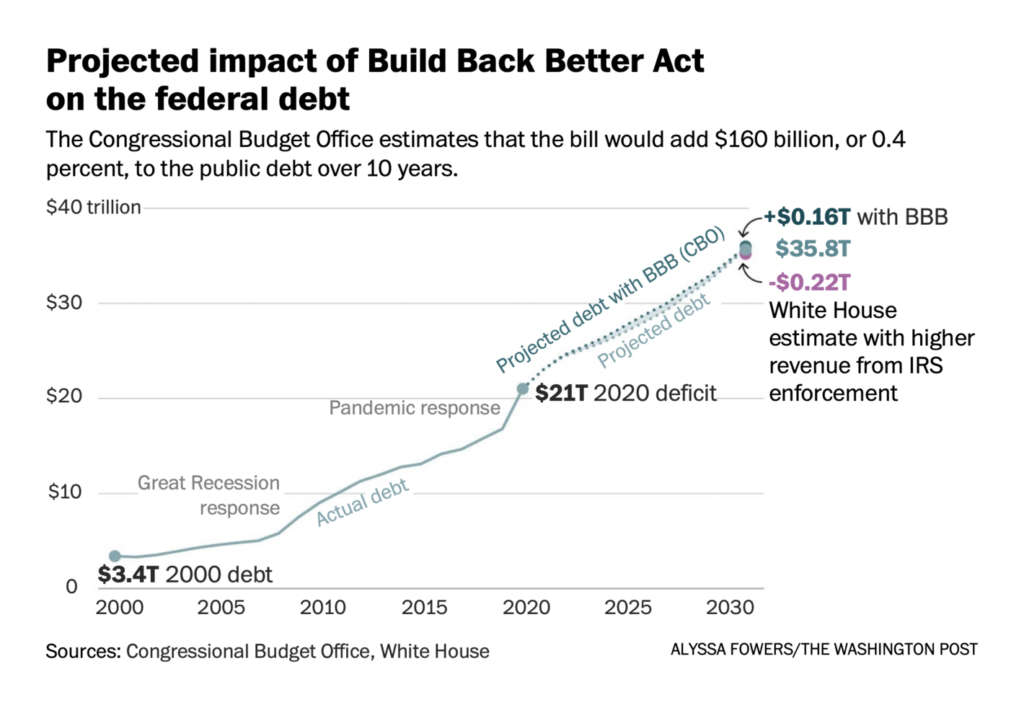
And even more charts looked economically downstream at issues of poverty, equality, and cost of living:
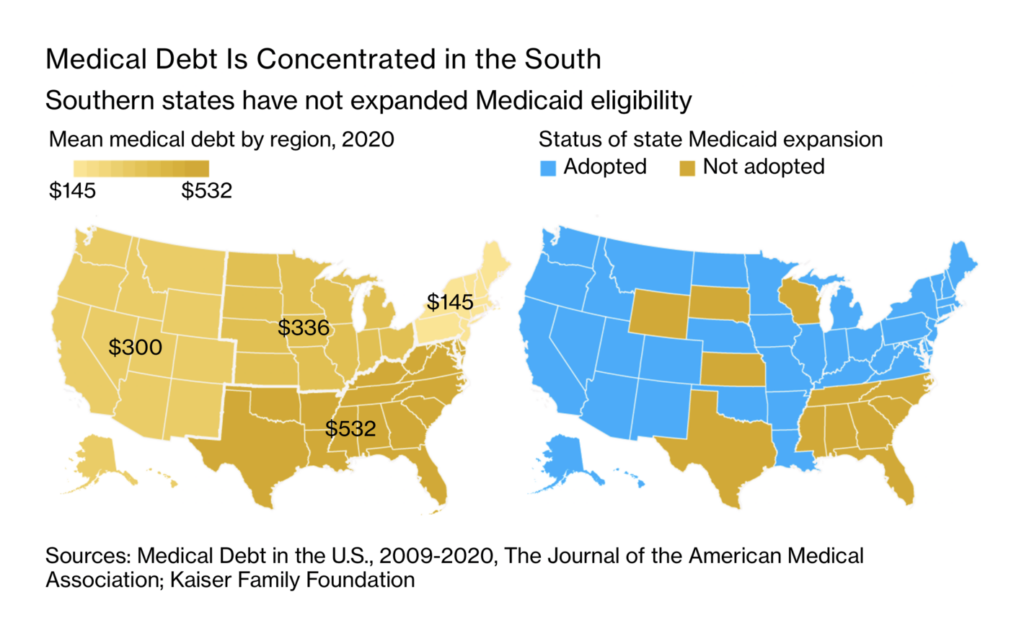


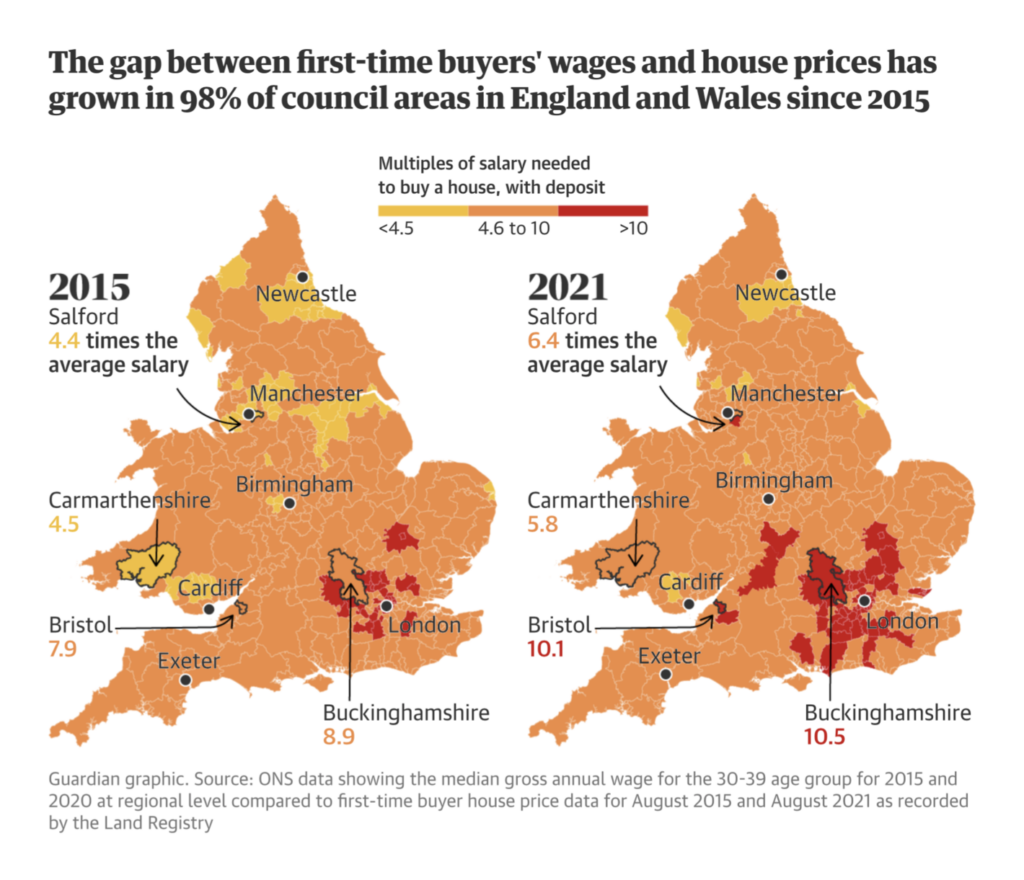
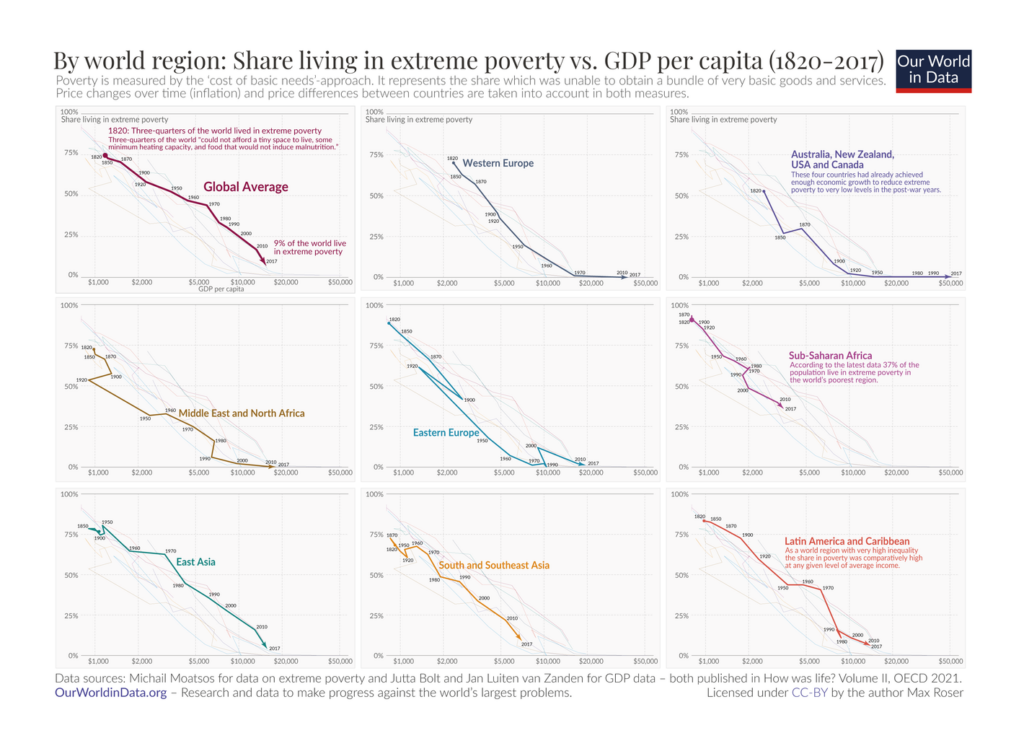
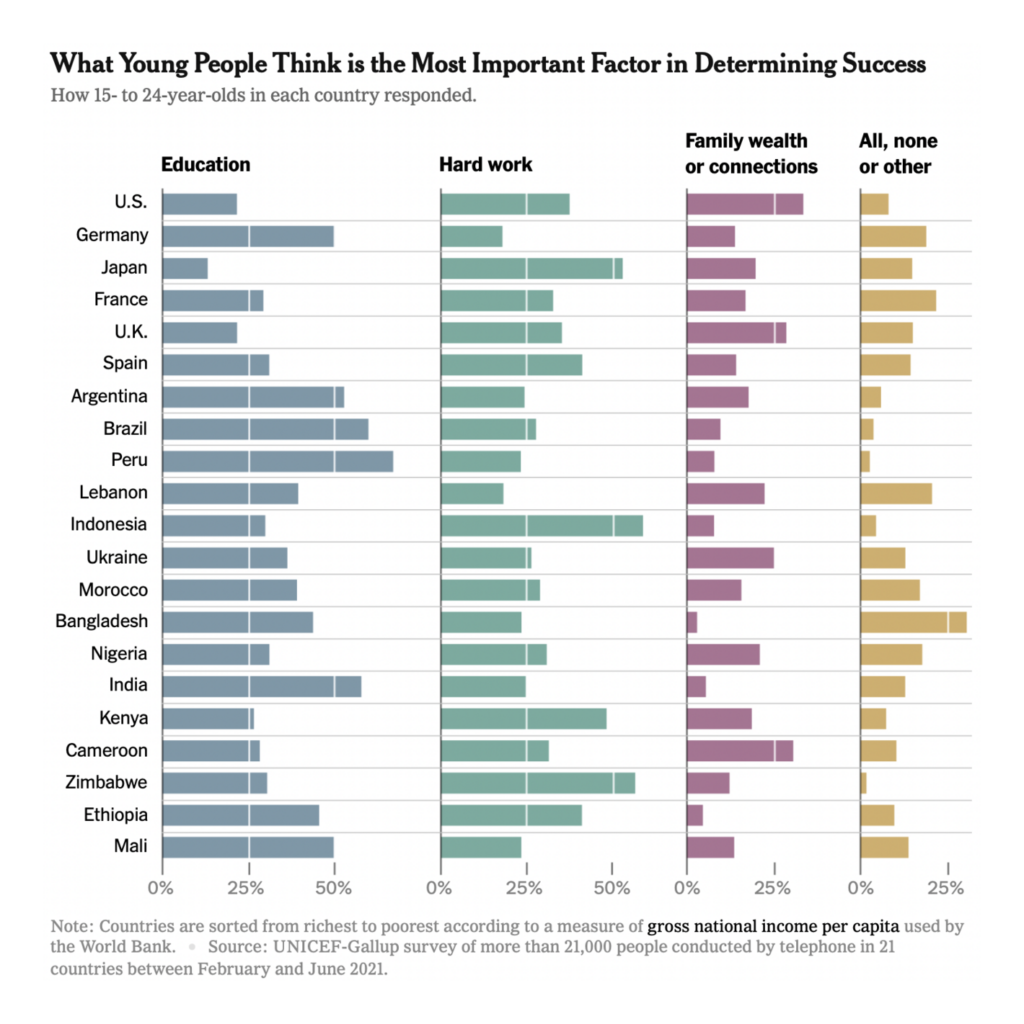
COVID cases are soaring in Europe — and as the Süddeutsche Zeitung points out, what we’re seeing is exactly what was forecast for the current level of vaccination:
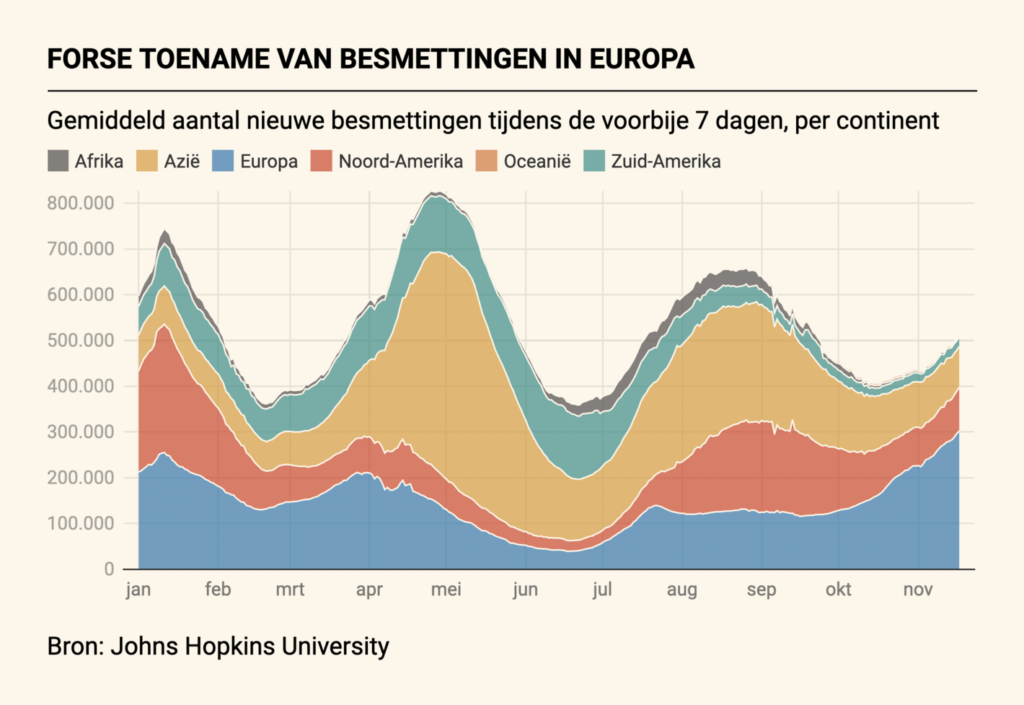
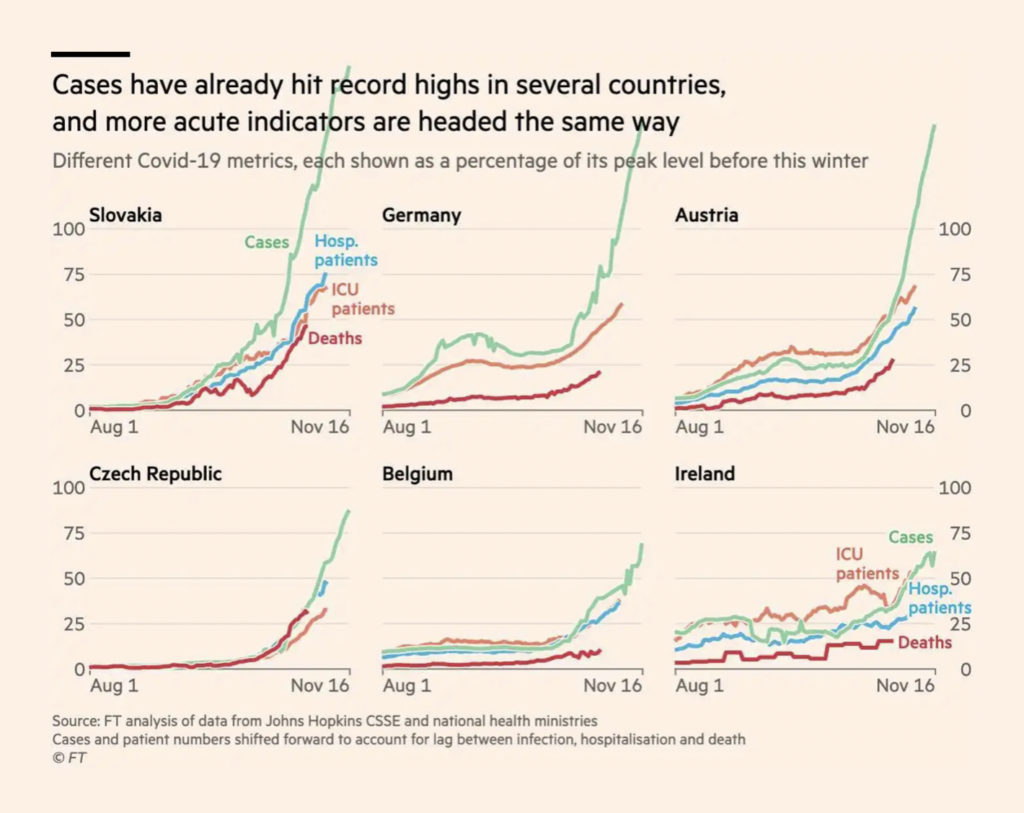
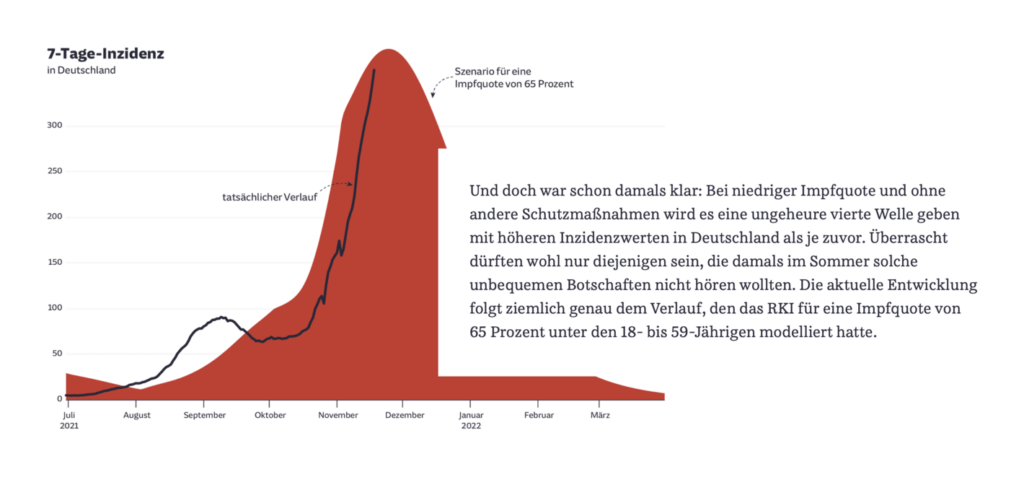
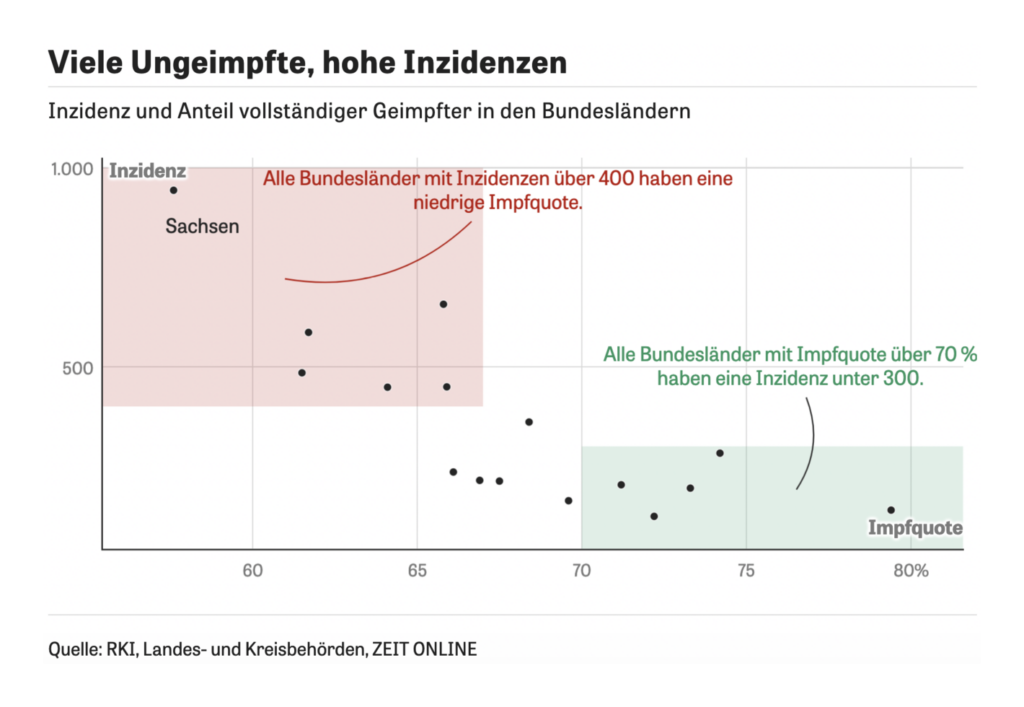
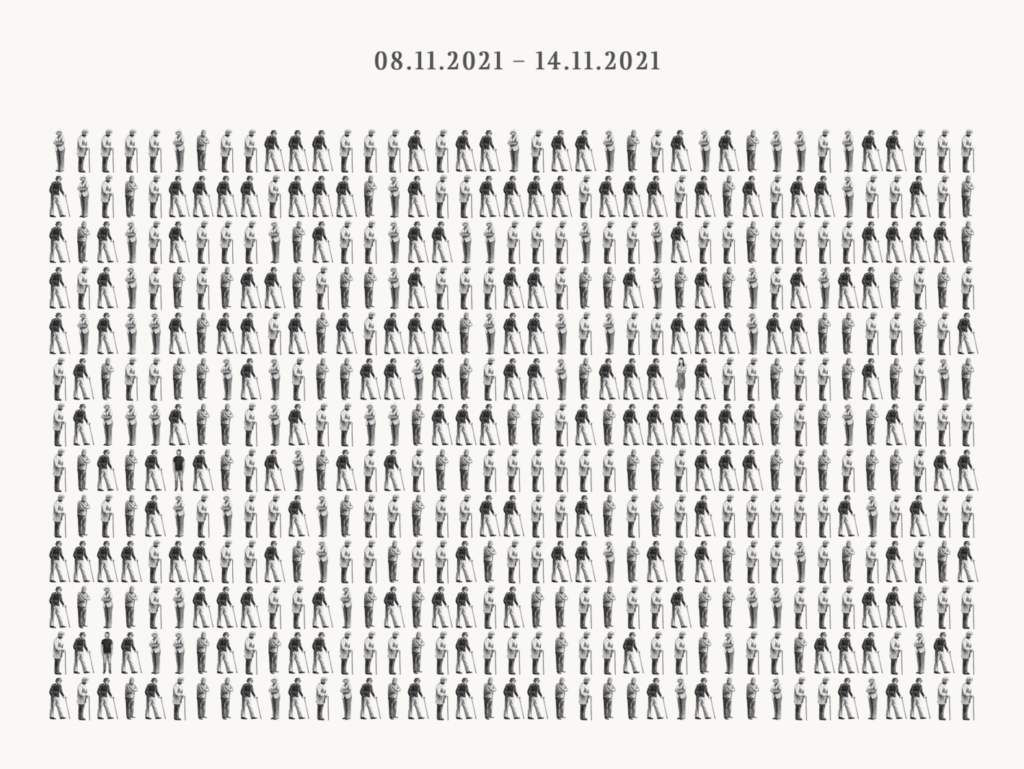
So yes, vaccines work really well. Unfortunately, the pace of booster vaccination is lagging well behind the speed of the first rounds. And even more unfortunately, even that limited rollout has already surpassed first-dose vaccination in poor countries:
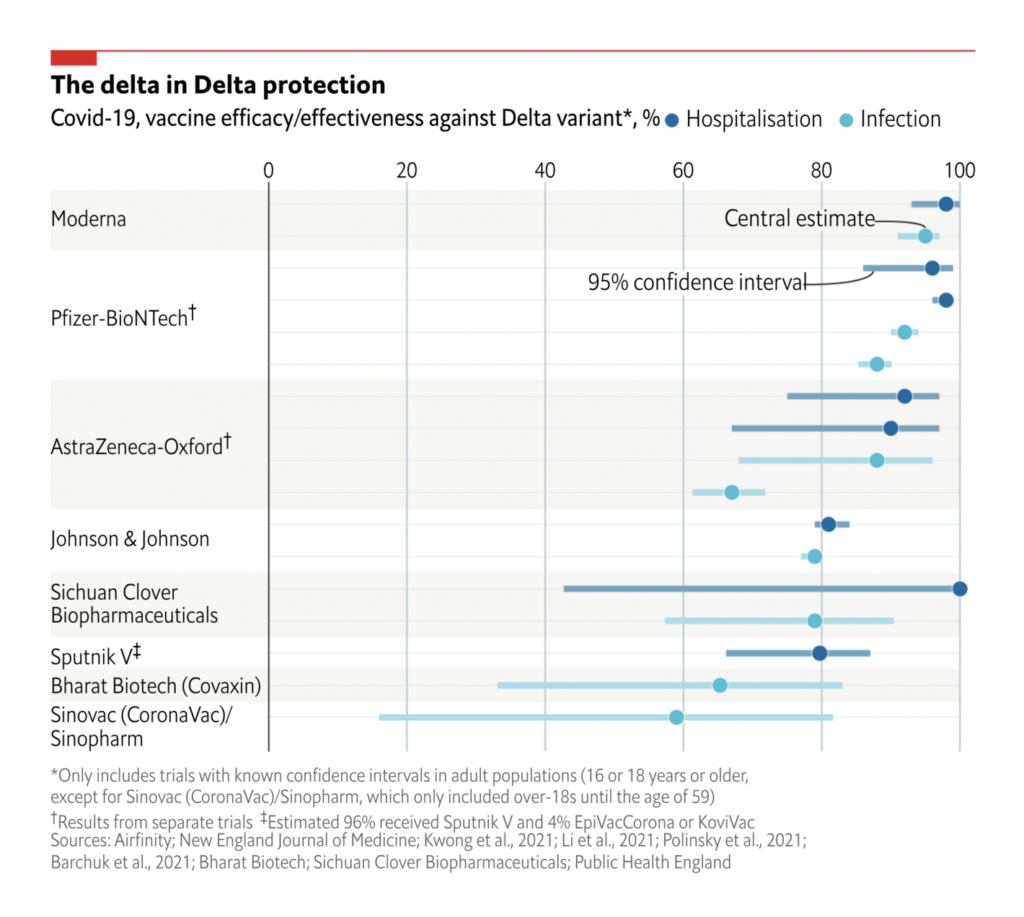

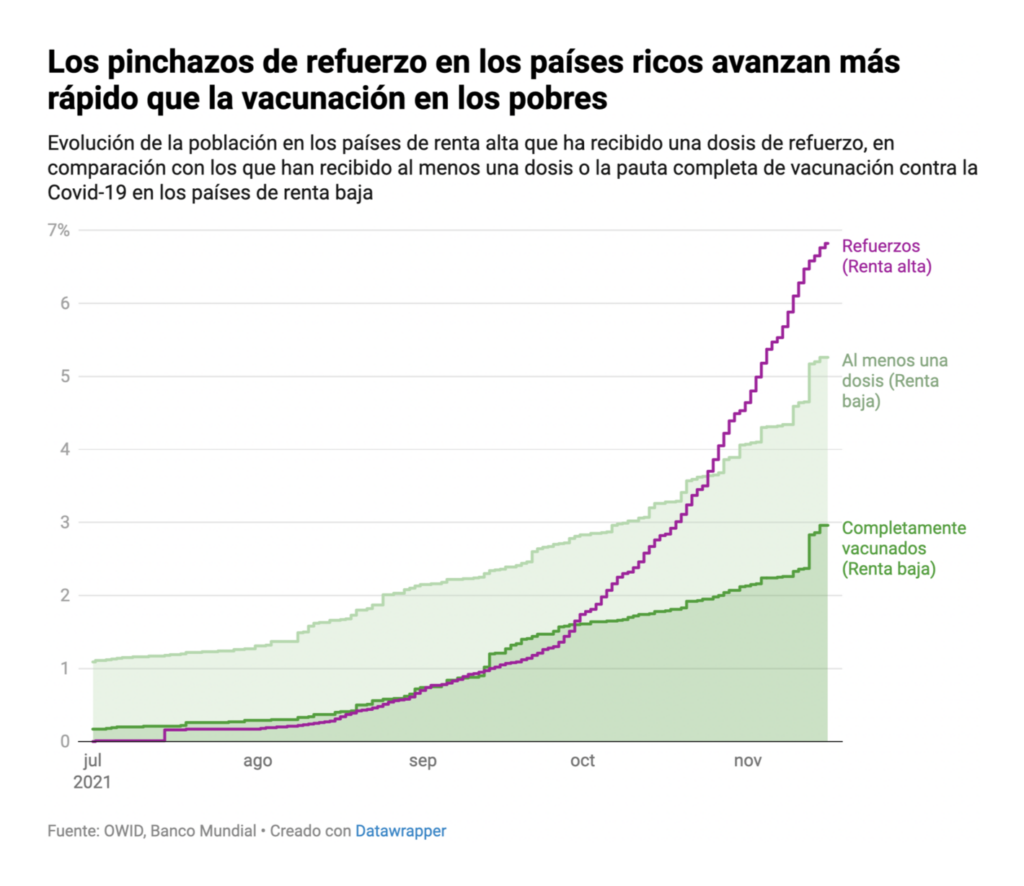
Besides vaccines, what else is helping us through the pandemic? Testing helps, as an unfortunate natural experiment in Britain has shown. And a new analysis shows that the drug ivermectin may have helped some patients after all — for a very straightforward reason:

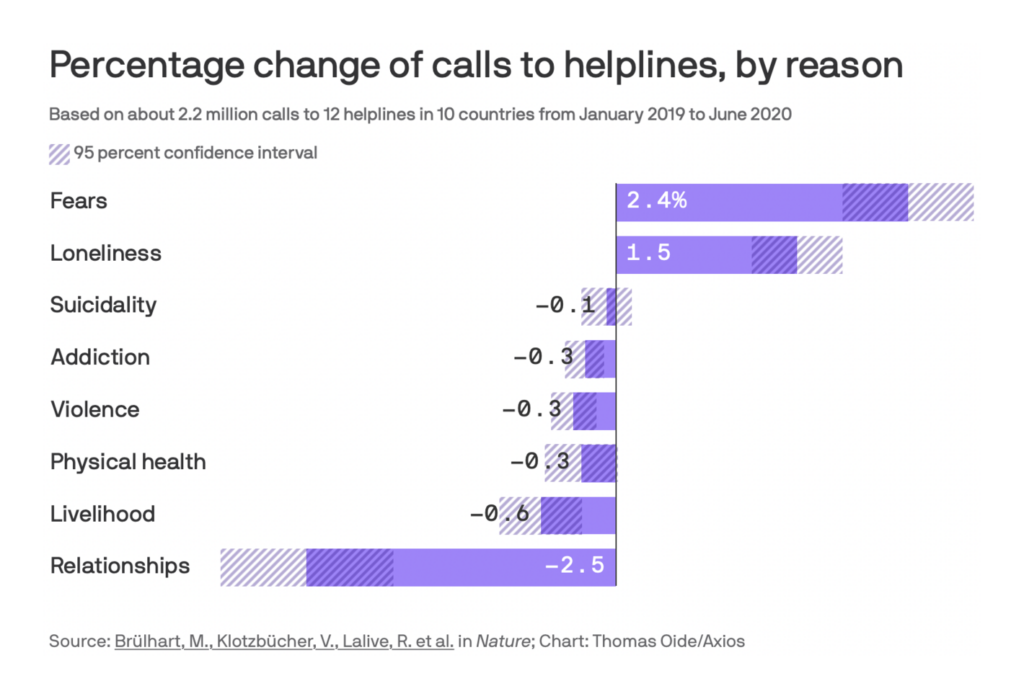
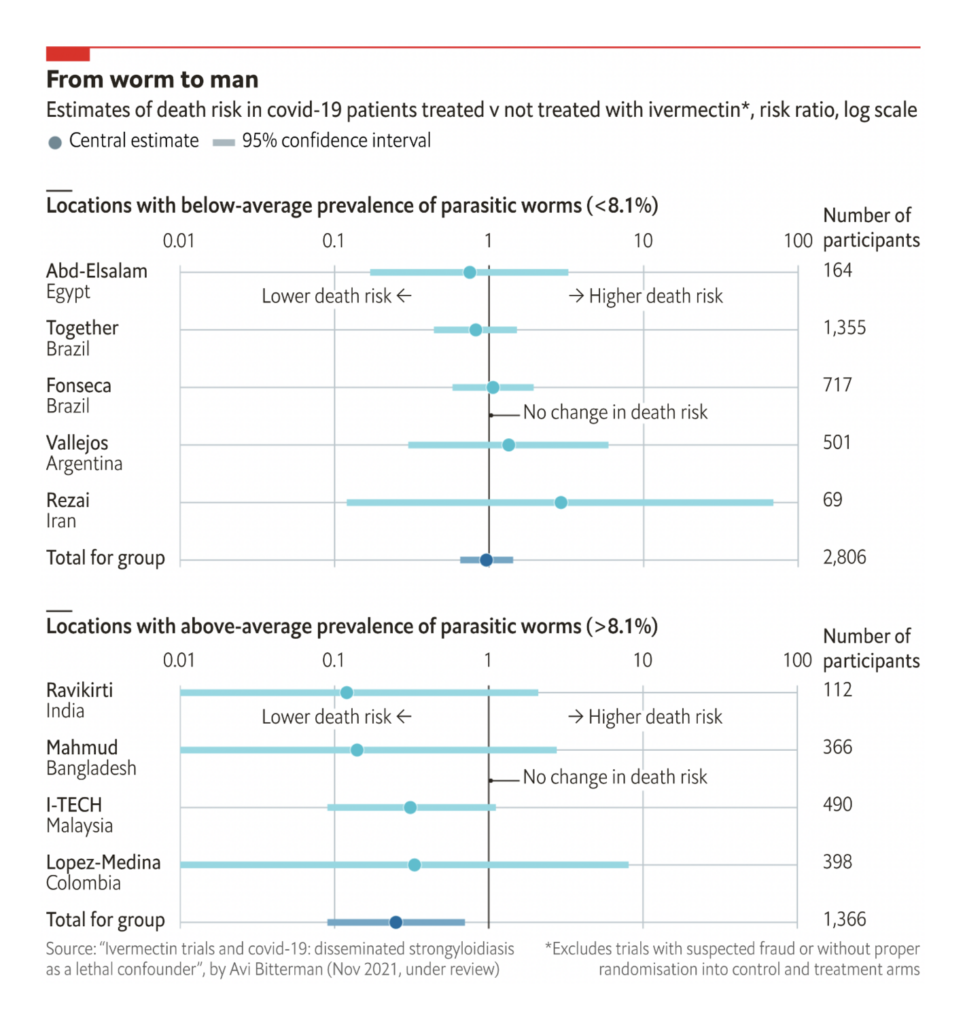
November’s #30daymapchallenge continued this week with the theme “water”:


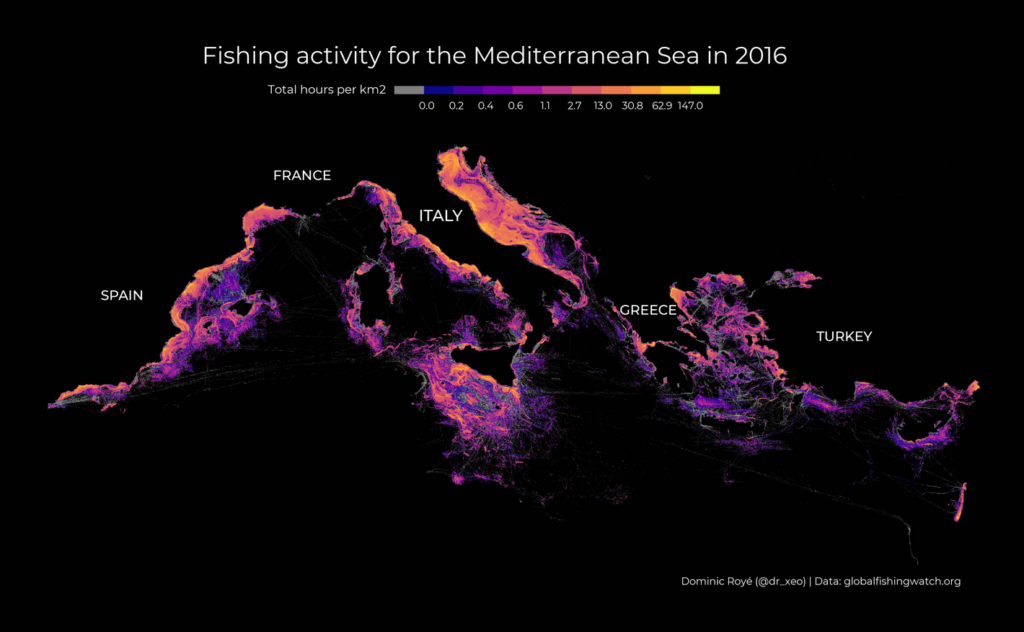
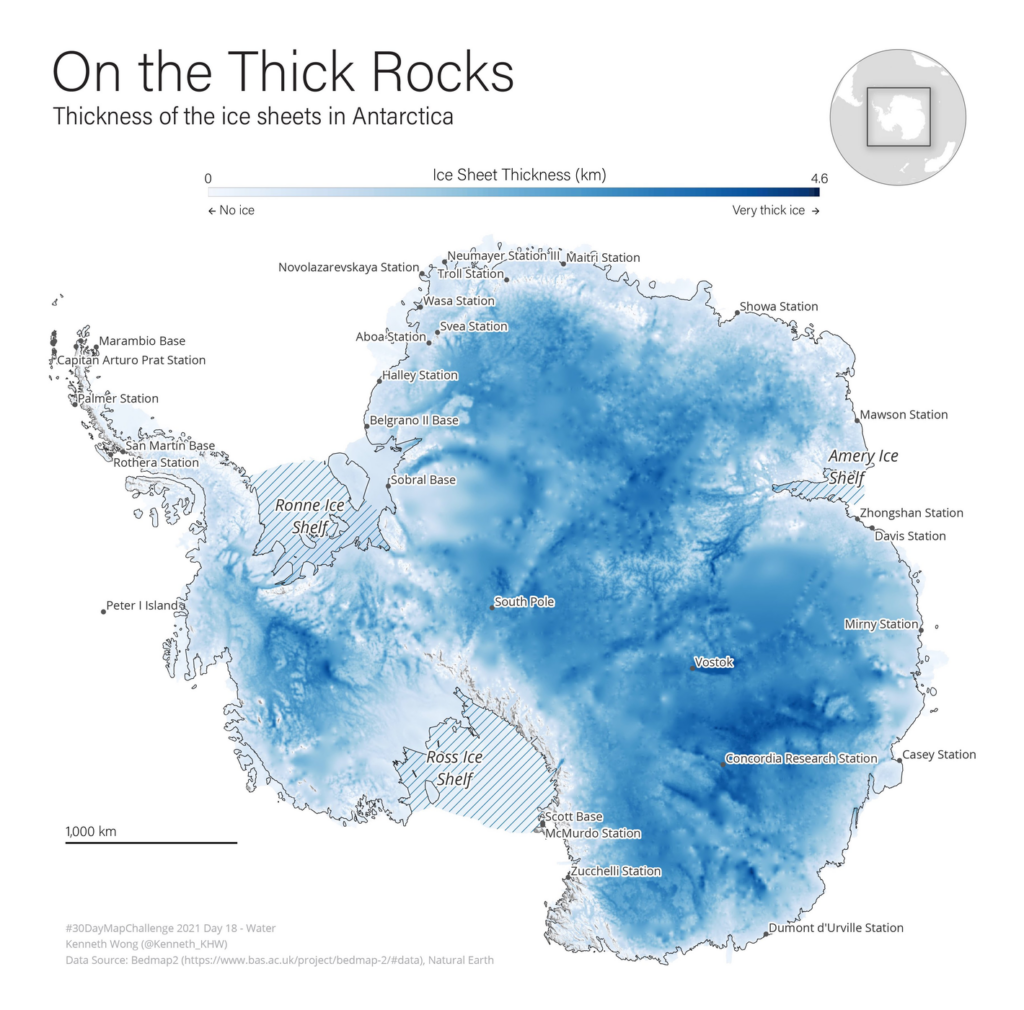
The Washington Post got in on the water maps action too:

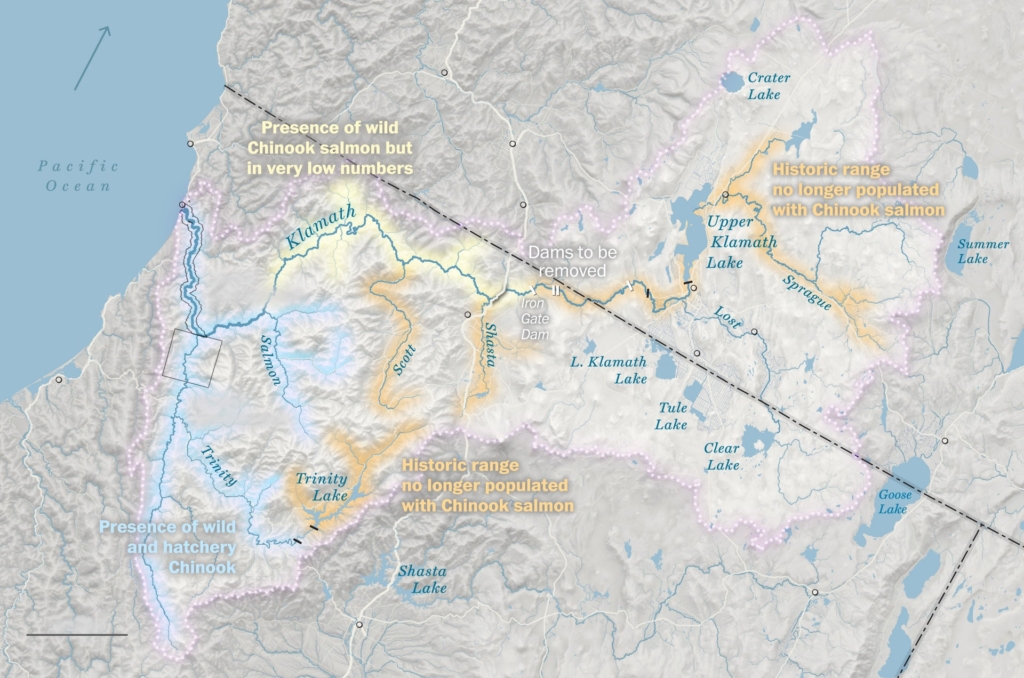
Clean energy was major topic this week:
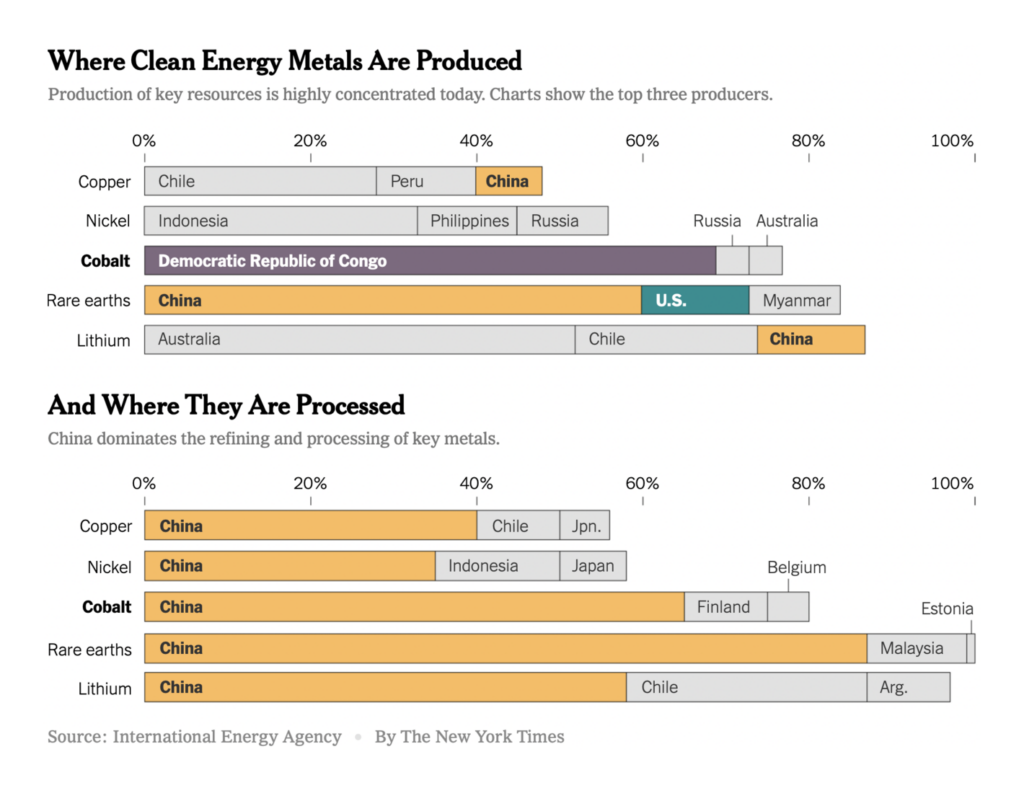
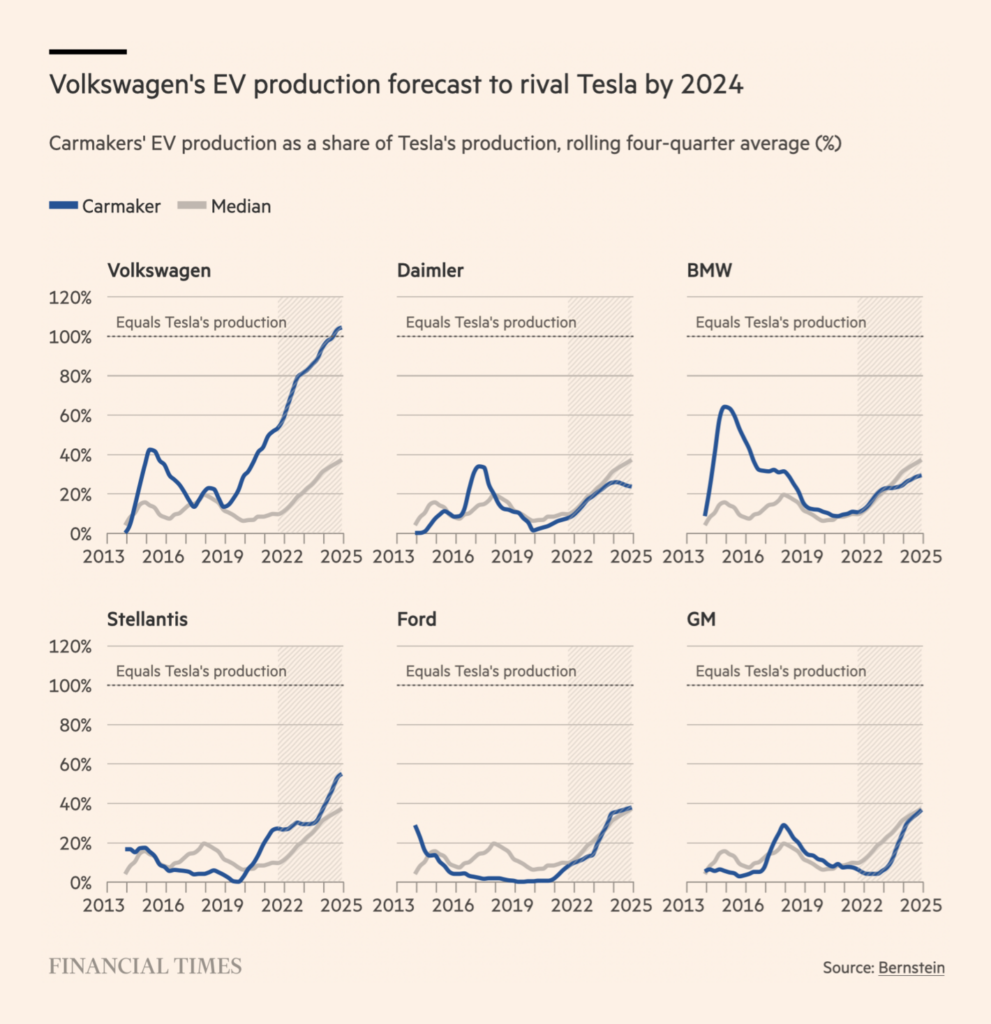

And we also got a reminder that environmental issues have a broader base than people think:
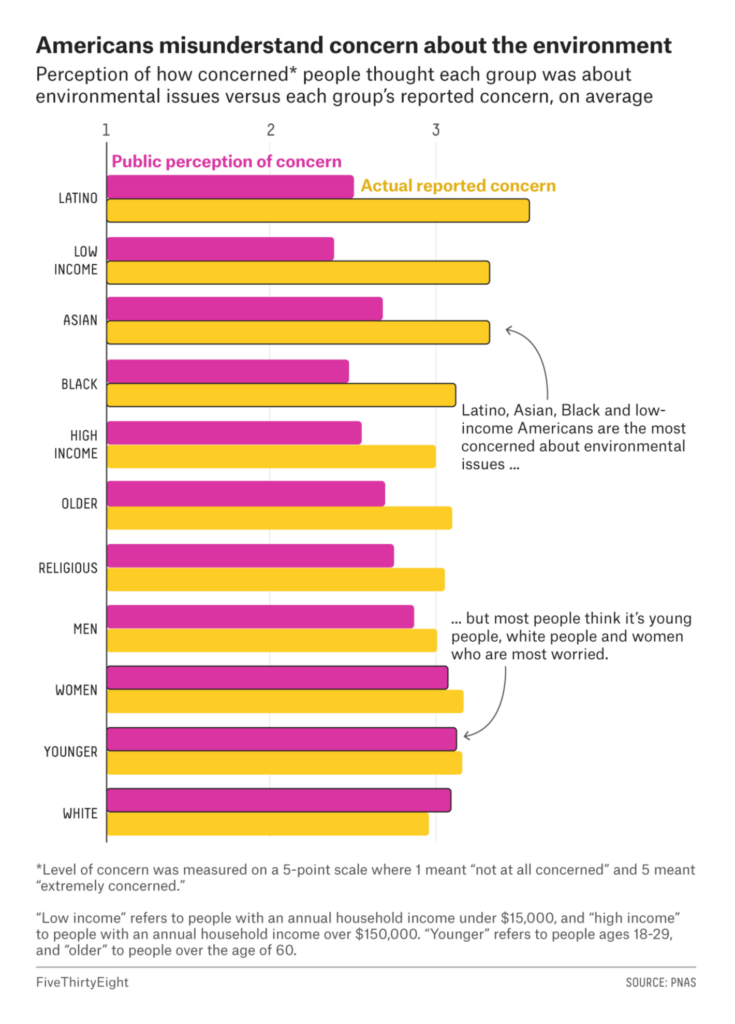
These charts put a spotlight on maternal mortality in the U.S.:

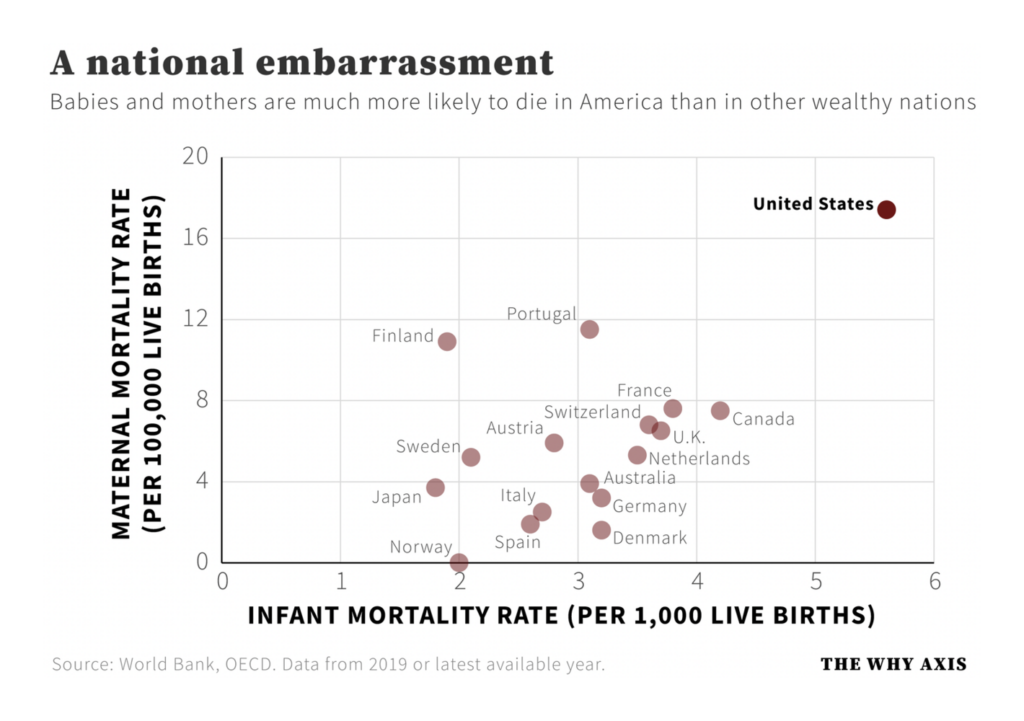
And other charts and maps covered everything from seven booming African cities, to the debate over hunting in France, to the price of chicken feed in Tunisia:
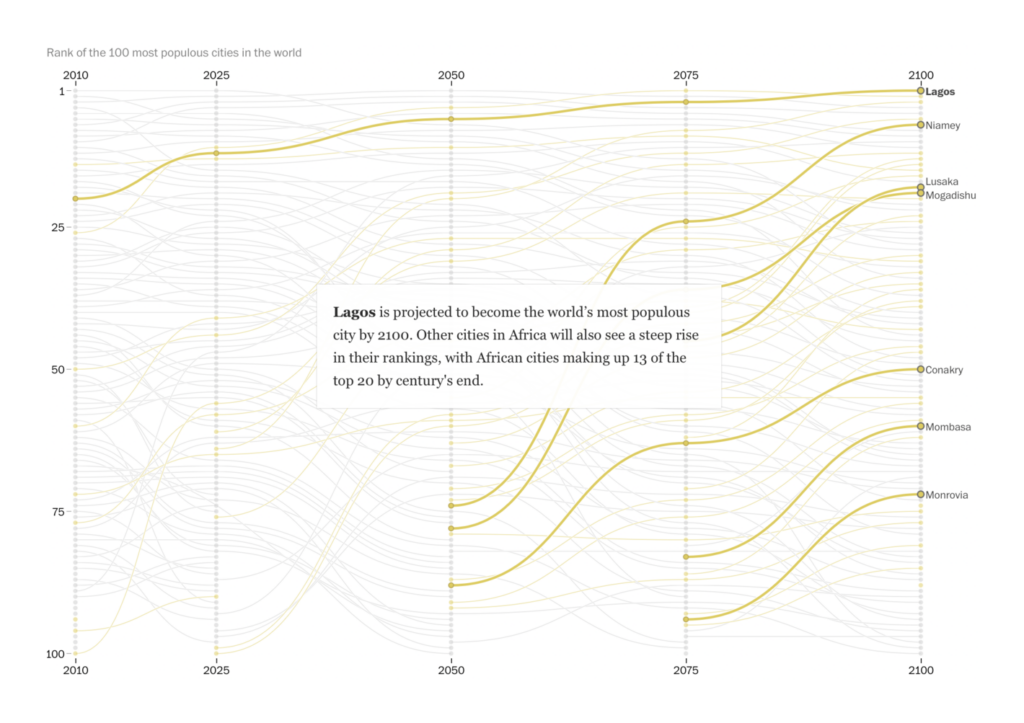
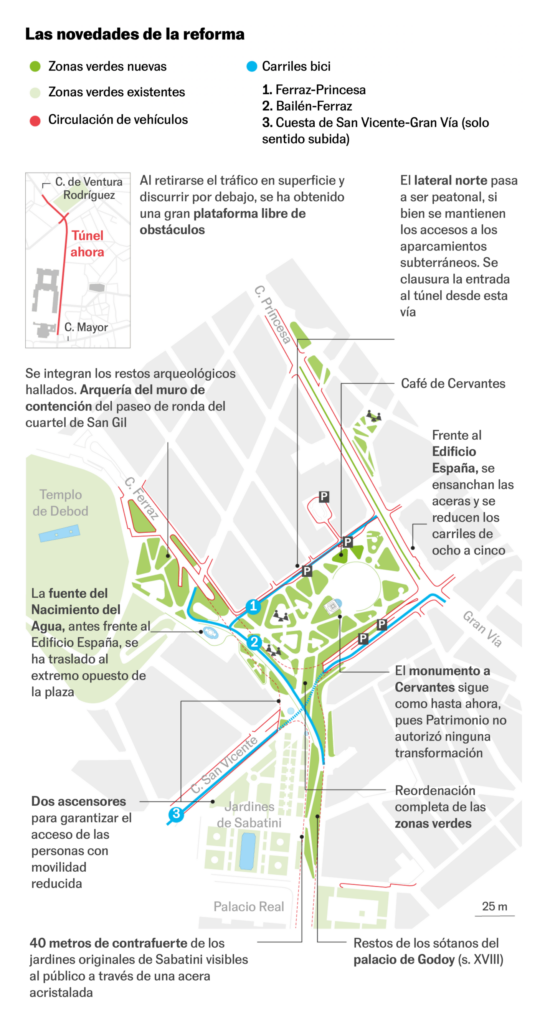
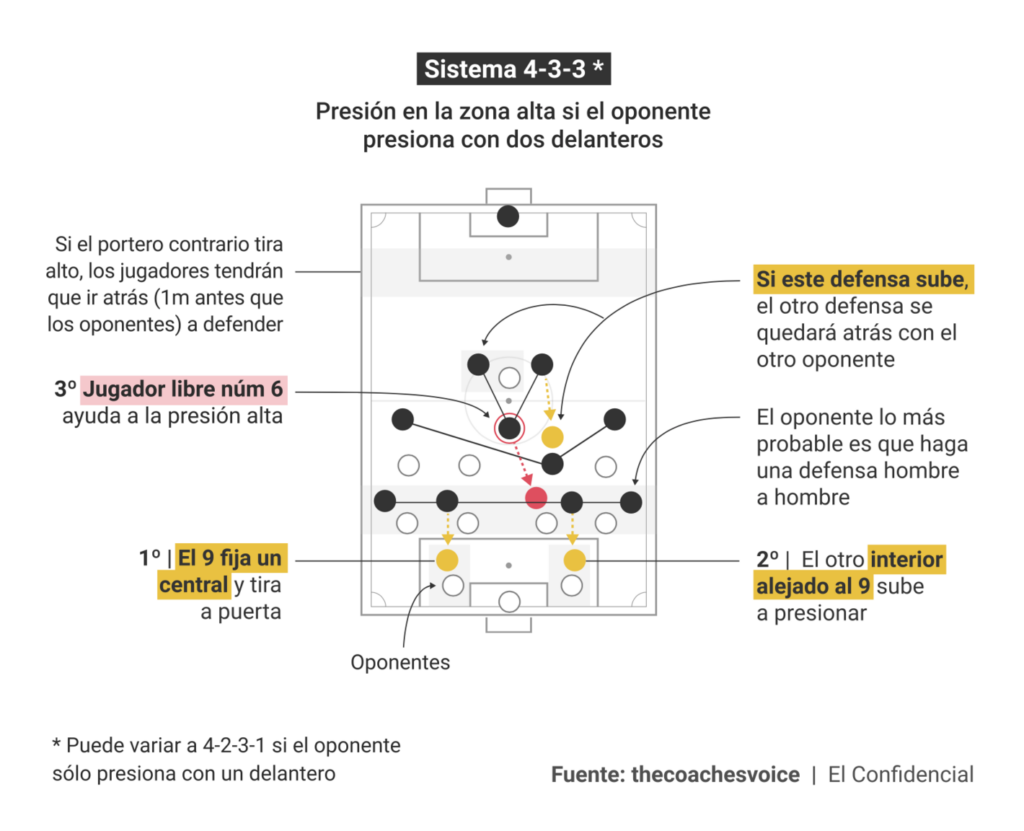
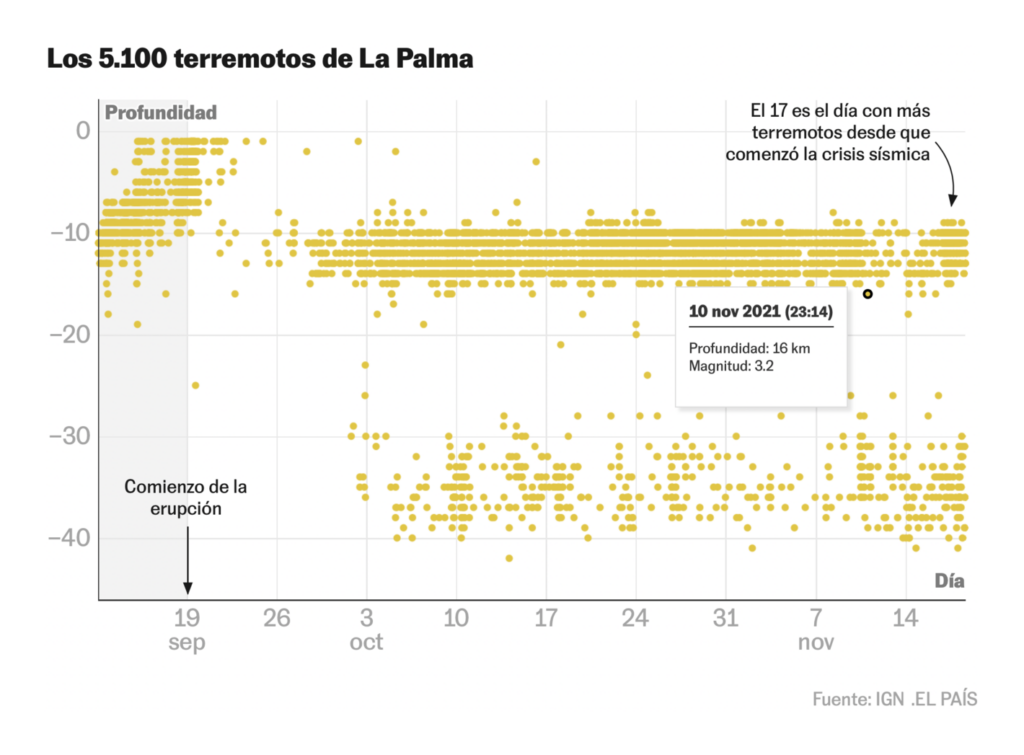
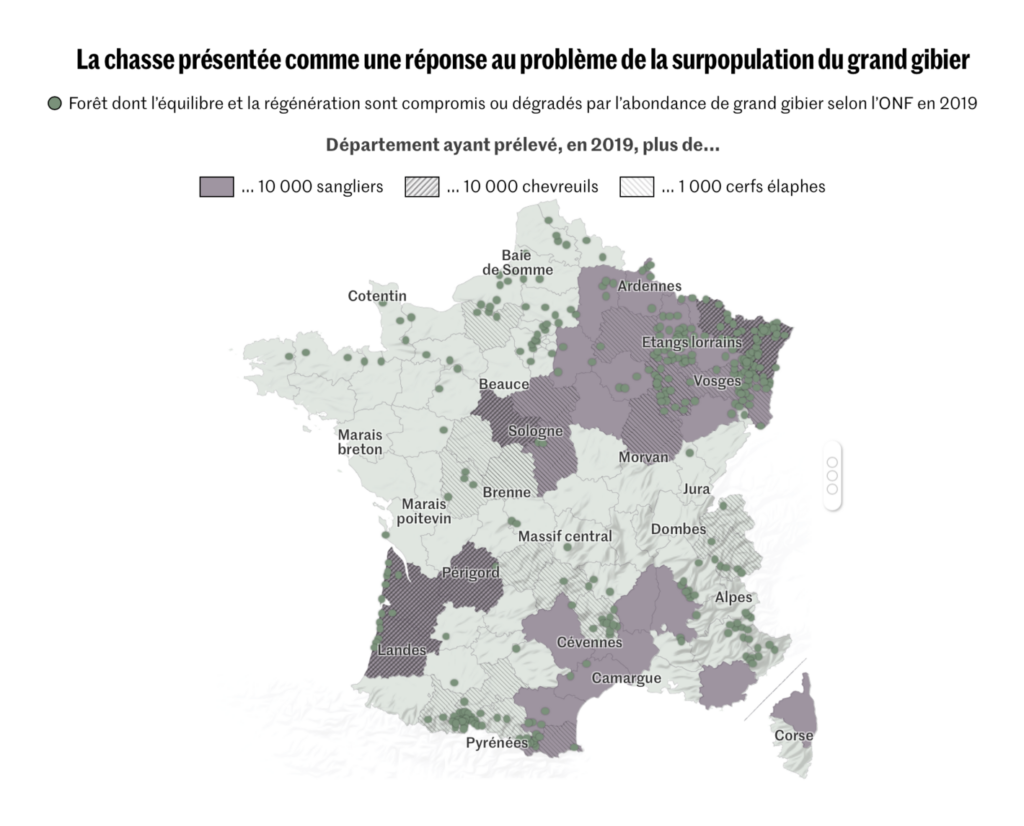
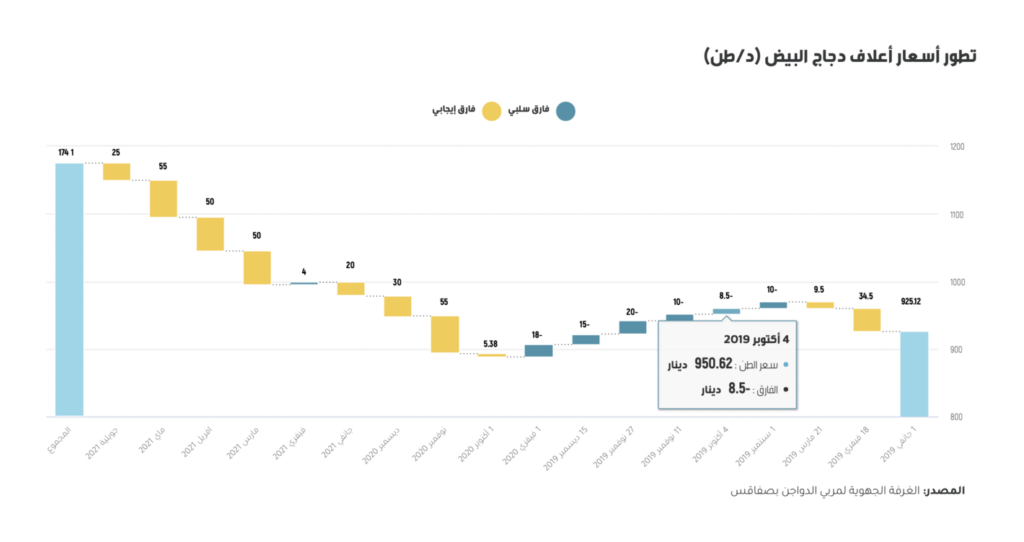

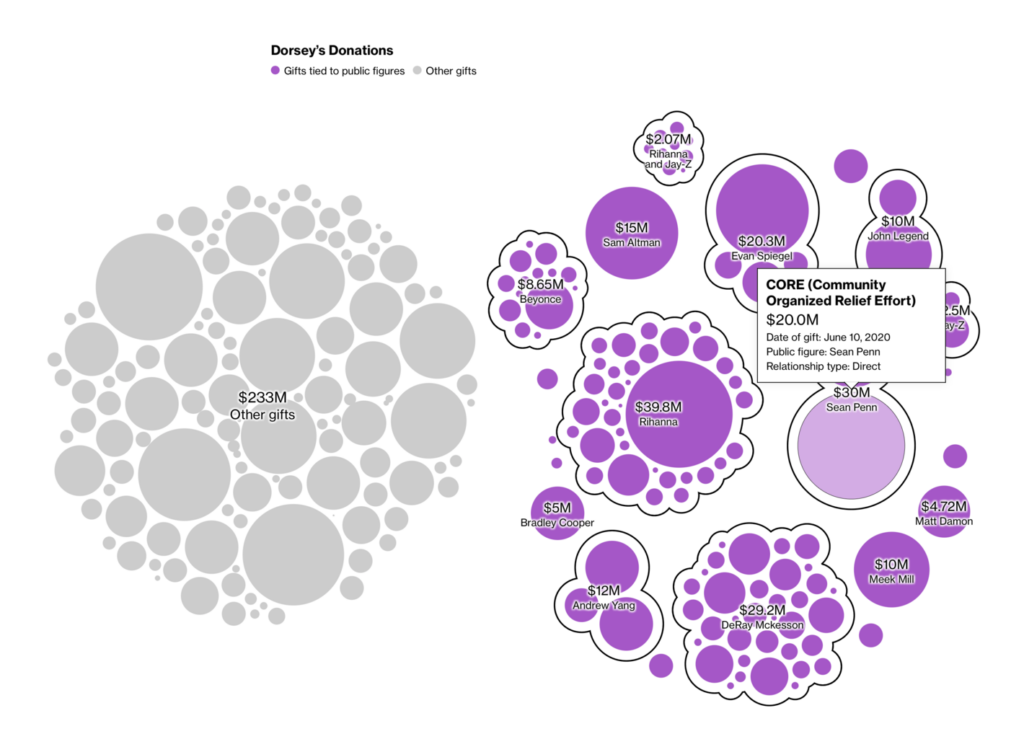
What else we found interesting
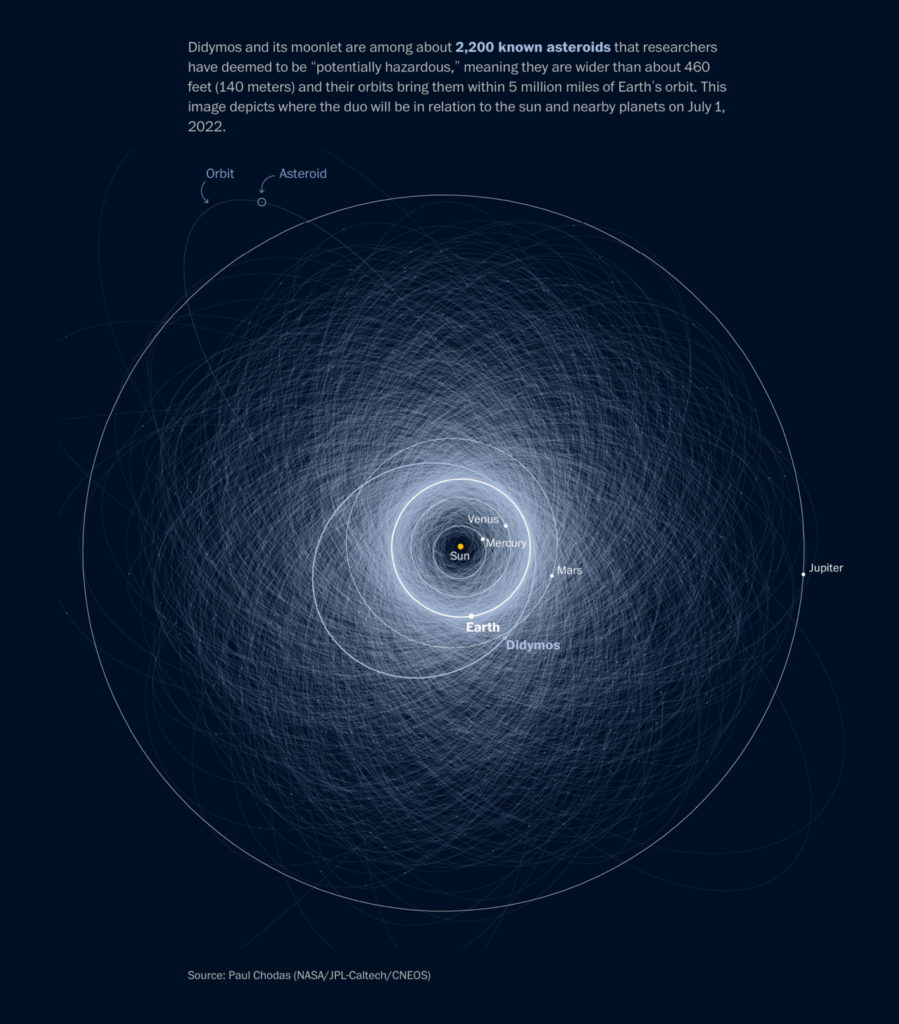
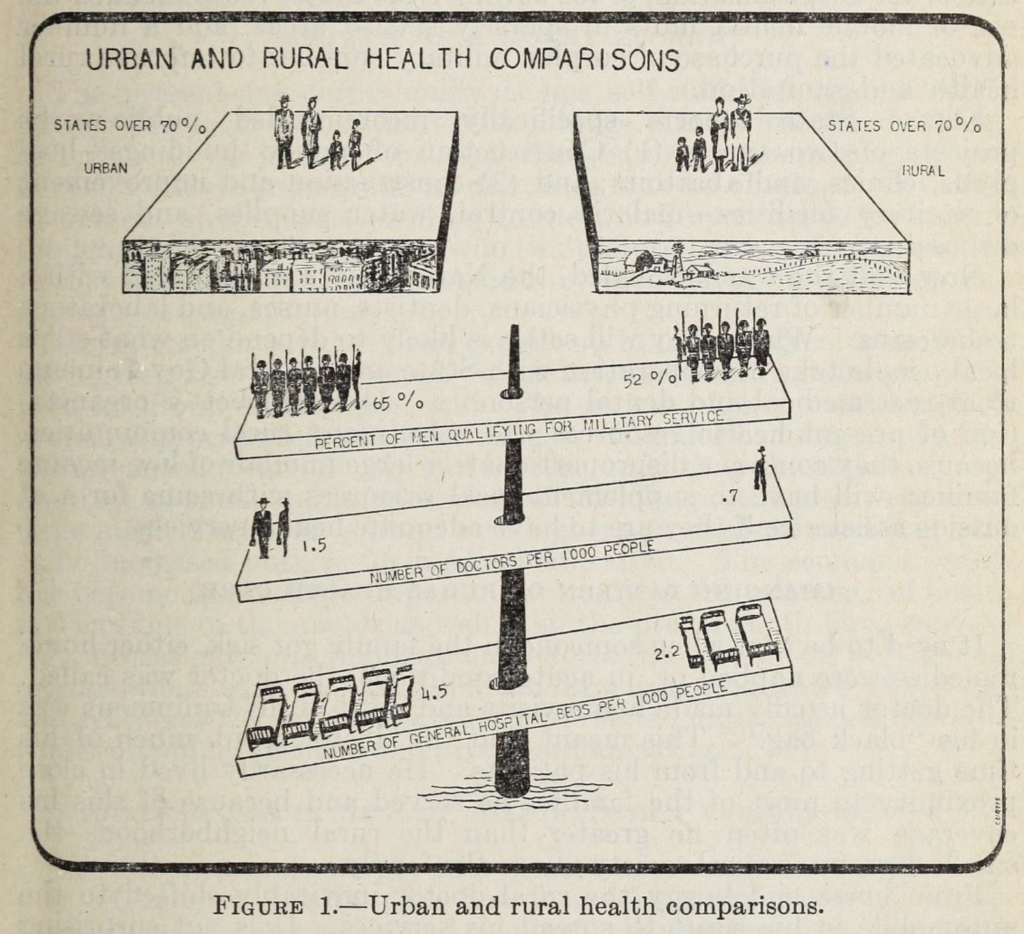
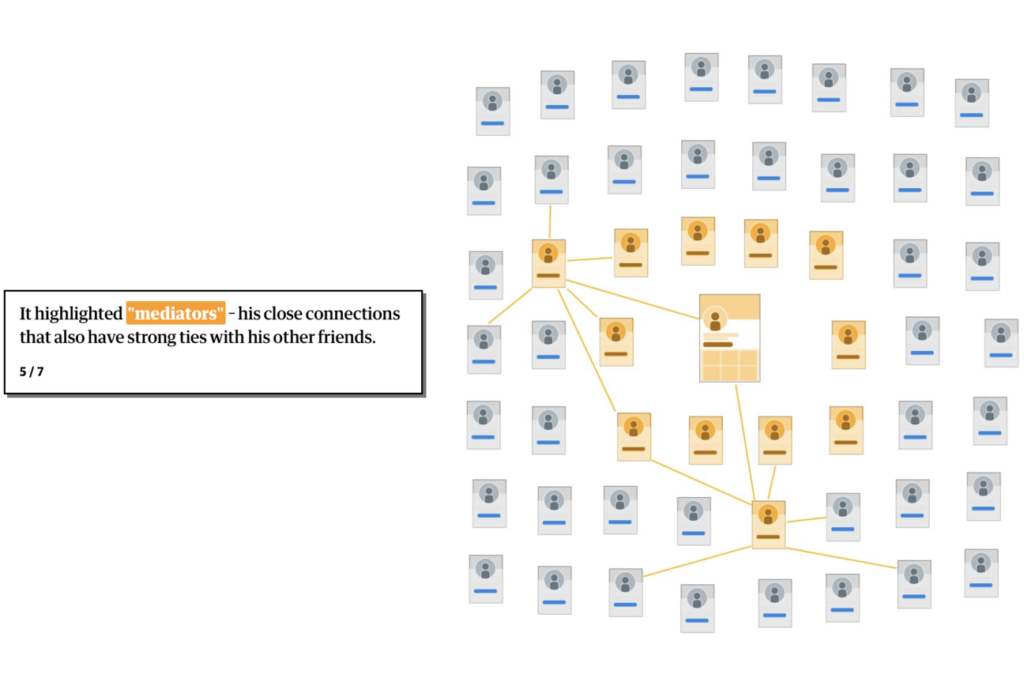

Help us make this dispatch better! We’d love to hear which newsletters, blogs, or social media accounts we need to follow to learn about interesting projects, especially from less-covered parts of the world (Asia, South America, Africa). Write us at hello@datawrapper.de or leave a comment below.




Comments